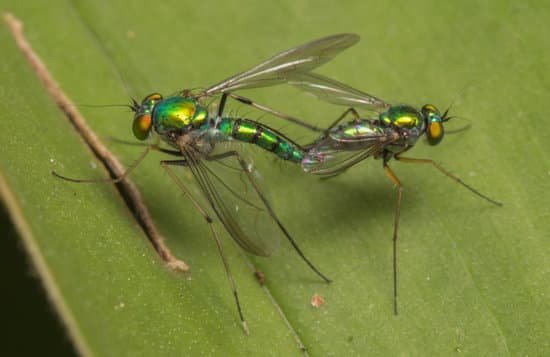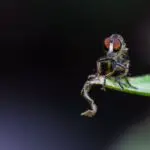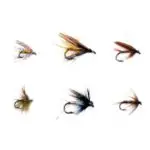How Are Flies So Fast?
One way flies can see and react to threats quickly is their compound eyes. Their eyes have multiple facets, and each one focuses light onto clusters of photoreceptors. These facets produce each individual pixel of vision. This rapid vision allows flies to react quickly to predators, obstacles, and even swatting attempts.
Flies’ wings flap 200 times per second. The complex airflow helps them achieve flight and maneuverability. When they fly, they make a figure-eight path and stop at high and low points. A fly can also flick its wrist to reduce the distance and movement of its arm. It’s similar to the way a fighter jet uses its torque to maneuver.
Unlike humans, most fly species perceive time in a different way. While the human brain perceives time as a continuous video, most flies perceive time in flashes. Their brains process these flashes to piece together the images. Humans can process up to 60 flashes a second, while flies can register up to 250.
Researchers have figured out how flies can do this. They studied flies with a looming swatter and high-speed digital imaging, and uncovered the secret to their evasive maneuvering. Their brains calculate where they are under threat and then decide how to get out of the way. This entire process takes only 100 milliseconds!








